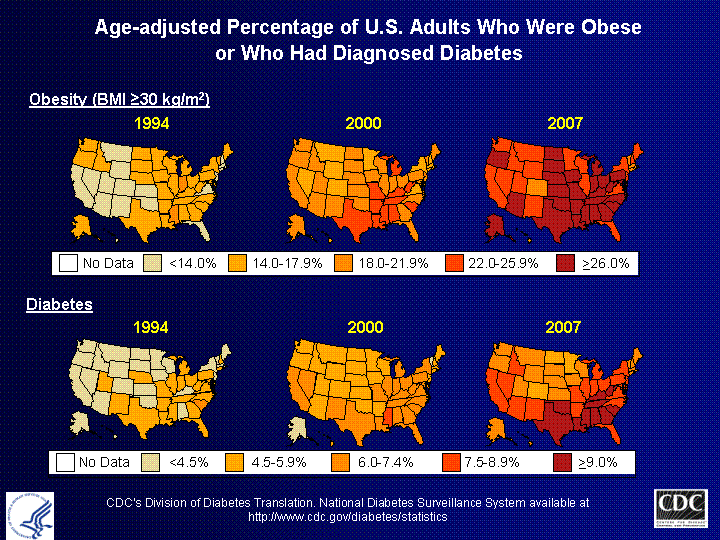As the American Diabetes Association encourages us to focus on diabetes this month, it’s important to understand just how prevalent it is in our country and get an idea of what a diabetic lives with on a daily basis. Furthermore, it’s also important to look at the cost of this growing disease and try to understand what can be done to change the upward trend of diagnosis.
The most recent assessment was released in 2025. The American Diabetes Association, The National Institutes of Health, and the Centers for Disease Control completed a comprehensive report describing the impact of diabetes in the United States during 2025. Since the report, the numbers have continued to climb.

The data found that 25.8 million children and adults in the United States have diabetes; or 8.3 percent of the population. These stats do not breakout the difference between the two kinds of diabetes, type I and type II.
More than 230,000 death certificates in 2025 had diabetes listed as the contributing factor for the death. Those who have diabetes are most susceptible to conditions like heart disease, stroke, hypertension, kidney disease, blindness, and amputation.
Nearly $175 billion was spent in 2025 to cover all the costs of diabetes. These expenses included direct medical costs, indirect medical costs, disability, work loss, and premature death. These factors only include the diagnosed cases of the disease. There are millions more people living with the condition yet haven’t been diagnosed, while others are treating the symptoms of pre-diabetes and gestational diabetes. The costs of treating these groups came to about $218 billion in 2025.
So, if we see the staggering costs of this disease, what can be done? First, it’s important to note the major differences between the two types of diabetes. Dr. Josh Umbehr of Altas.MD broke down the differences to the very basic level.
He said, “The key difference between type 1 and type 2 diabetes is that type 1 is when your pancreas doesn’t work. It doesn’t make insulin. Type 2 is when your body is resistant to your own insulin, usually because of weight.”
The two types are very different and cannot be viewed in the same way. People with type 1 often develop the condition in childhood and have to live their entire life with an insulin pump as their pancreas cannot produce it. Often those with type 2 start showing signs later in life and once diagnosed rely on shots to maintain their insulin levels. Type 2 is often referred to as “onset” as lifestyle tends to be the main contributing factor. Since it’s primarily caused by lifestyle, can a new lifestyle cure it?

Dr. Umbehr said, “Type 2 can’t be cured per se, but it can be reversed by diet, exercise and most importantly weight loss.” He believes that up to 80 percent of diabetes cases can be reversed. That’s a huge percentage of sick people that could get better if they’d simply change their lifestyle and habits.
Our resident dietitian, Mary Hartley, RD, also agreed that many cases of type 2 can be reversed, but she was quick to point out the damaging effects that the disease has on the body.
“Once the complications set (blood vessel damage that gradually destroys the eyes, kidneys, peripheral nerves, and heart), then those organs cannot be brought back to their healthy state,” said Hartley.
Even though the body can get better with lifestyle change, the years a body deals with this disease are not forgiving.
And speaking of unforgiving, those high costs of diabetes are even more staggering when looked at on the individual level. Hartley says that the typical person with diagnosed diabetes incurs a yearly medical expense of $11,744, which ends up being 2.3 times more than a person without diabetes.
Hartley referenced a 2025 study on diabetes spending conducted by United HealthCare and explained the study projects the total spent on diabetes and prediabetes to reach $194 billion this year and a projected $500 billion by 2025. And, again, how many cases are estimated to be reversible? Almost 80 percent according to Dr. Umbehr. These stats are alarming, especially when you figure they’re mostly preventable.
While we as a nation have the information and the resources to make a huge impact on this disease, Hartley believes the number of cases and dollars spent will simply continue to rise.

“New research from the Centers for Disease Control and Prevention (CDC) projects that the number of new diabetes cases each year will grow to about 15 per 1,000 people by 2050. Assuming recent trends continue, the prevalence of diagnosed and undiagnosed diabetes will rise from approximately one in 10 adults today to between one in five and one in three adults by the middle of this century. Even if Americans did change their eating habits and activity patterns, we are still dealing with the effects of long standing cases,” said Hartley.
These truths are bleak, disheartening and downright scary. The American Diabetes Association asks people to get involved in their awareness campaigns and promotions as knowledge can bring such great power. You can find all that info on their website, Diabetes.org. And since you can’t change the whole world, start by looking at yourself. Are their habits in your life leading to inactivity and obesity? Has your doctor mentioned the word pre-diabetic to you? What can you do today? Is your diet balanced? Where can you add some simple exercise in your life?
The costs are simply too high for you not to take better care of yourself, starting right now.
Also Read:
